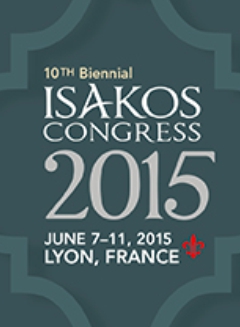
ISAKOS 2015:Sub-acute ACL reconstruction not associated with increased postop stiffness

ISAKOS 2015:Sub-acute ACL reconstruction not associated with increased postop stiffness
Differences in Early Results between Sub-Acute and Delayed ACL Reconstruction. A Randomized Controlled Trial
Did you know you're eligible to earn 0.5 CME credits for reading this report? Click Here
CONFERENCE ACE REPORTS
This ACE Report is a summary of a conference presentation or abstract. The information provided has limited the ability to provide an accurate assessment of the risk of bias or the overall quality. Please interpret the results with caution as trials may be in progress and select results may have been presented.
Synopsis
70 patients with an acute anterior cruciate ligament (ACL) injury were randomized to undergo reconstruction within 8 days of the injury (sub-acute group) or after range of motion (ROM) normalization (delayed group). The purpose of the study was to assess whether the timing of the reconstruction had an impact on postoperative rehabilitation, and whether post-surgery stiffness was a concern with mod...
To view the full content, login to your account,
or start your 30-day FREE Trial today.
FREE TRIAL
LOGIN
Forgot Password?
Explore some of our unlocked ACE Reports below!

Learn about our AI Driven
High Impact Search Feature
Our AI driven High Impact metric calculates the impact an article will have by considering both the publishing journal and the content of the article itself. Built using the latest advances in natural language processing, OE High Impact predicts an article’s future number of citations better than impact factor alone.
Continue



 LOGIN
LOGIN

Join the Conversation
Please Login or Join to leave comments.